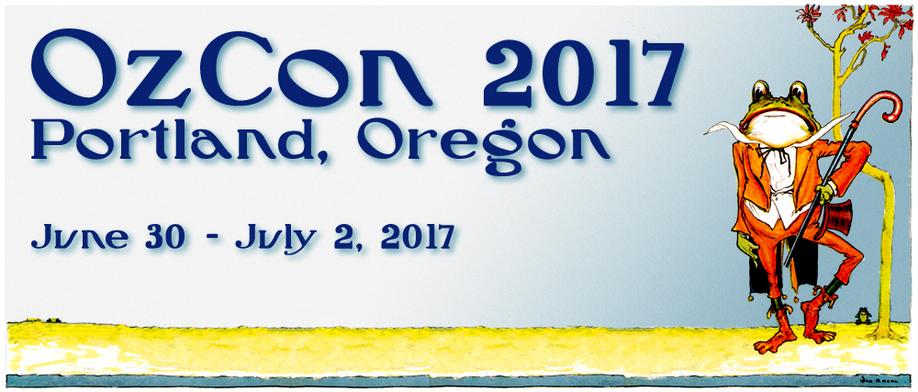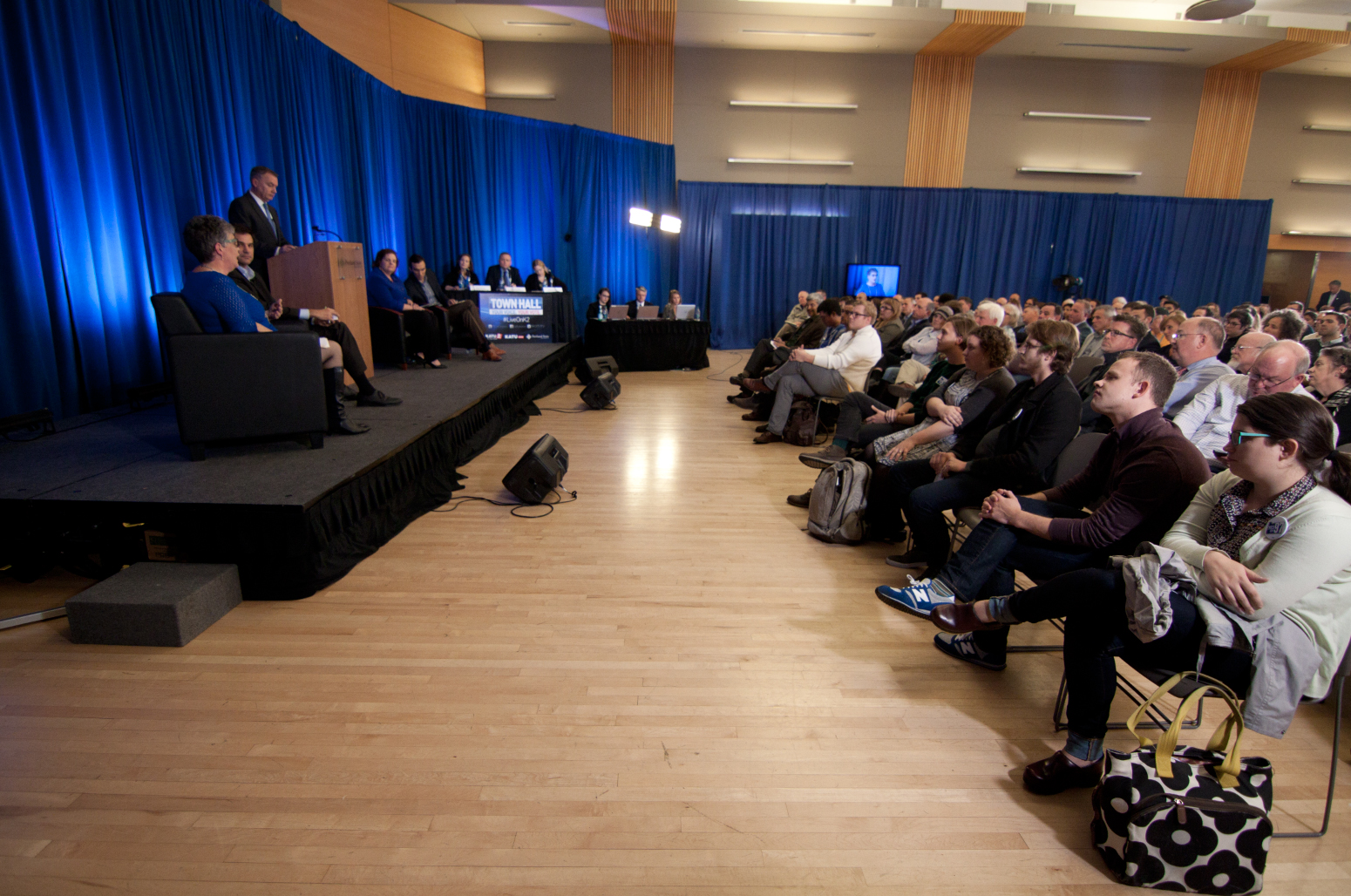University Studies Dialogue Series’ second presentation was given on Thursday, April 20, 2017 by Dr. Michael A. Brown, director of PSU’s Learning Center. The presentation, “Can You See Me? Defining My Own Black Masculinity,” was a very personal talk centered around Brown’s own experience and the journey that led him to be the self-confident, gay, black man that he is today.
One point Brown consistently brought forward is that societal definitions of what it means to “be a man” do a disservice to the reality that everyone is, in fact, different. Brown also connected this point to the importance of looking to black feminism as a model of intersectionality.
“Five years ago when I started this study of my dissertation,” Brown explained, “I just wanted to explore the experiences that young African-American males go through when trying to construct their own masculine identity.”
Wanting to dig deeper, Brown hoped to highlight experiences of males outside of what society identifies as being masculine. His research unearthed feelings and philosophies; however, the experiences Brown found about gay black men were confined to the ’80s and ’90s AIDs/HIV crisis. These experiences didn’t relate to Brown and reinforced the idea that his experience was important to share.
Young and different
Brown remembers being teased at six years old for playing jump rope with the girls. Upset, he ran inside. His mother reminded him, “Sticks and stones break bones but words can’t hurt.” Brown, who felt hurt, disagreed. Reluctantly, he obeyed his mother and went back out to play. On his way out his grandmother urged his mother to send him away to stay with his uncle because she feared that Brown, being raised by two women, had been influenced too much.
“’There is no place in this society for a sensitive black man,’” Brown said, as he recalled his grandmother’s words.
Growing up in church, Brown remembered how a guest in his congregation had a particularly hard time one Sunday. This visitor was a man with feminine features and longer hair. Brown recalled the drive home that day, where he overheard his cousin and grandmother bantering about “God’s displeasure at the feminine man who wore makeup”.
“Never once was my existence acknowledged during the entirety of their conversation,” Brown recounted. “The more my grandmother and cousin spoke, the more God’s benevolent love appeared to come with contingencies.”
What struck Brown the hardest was noticing the look of disdain on his grandmother’s face, and how it was the same look she’d had when suggesting Brown live with his uncle years before.
Black women raising black men
According to Brown, his mother raised him and his siblings “with an iron fist.” Brown remembers trying so hard to make his mother proud, but it wasn’t enough.
“’In my house, I’m punishing you out of love,’” Brown said, recalling his mother’s words. “’But when you get out on the streets, you’re nothing but another black man.’”
Brown’s research led him to assert how black men are meant to be feared. One main source of this, Brown believes, is negative imagery.
“African-Americans account for less than 10 percent of violent crimes committed in this country,” Brown stated. “Yet when violent crimes are portrayed on television and in media, 80 percent of them are portrayed by African-Americans, specifically males.”
“So what do you do when you see that image?” Brown asked. “You wanna do whatever you can in your community to ensure that black males know that they are more than whatever they are portrayed as by society.”
Looking back, Brown understands that the way his mother raised him was within the context of “womanism.” Womanism is an extension of feminism from the perspective of women of color that purports that not only are women of color women, but they are also people of color, oftentimes coming from a place of poverty, and raising children without men.
This intersectional theory of black feminism helped Brown understand that not only is he a gay man, but he is also a person of color.
Q&A
One attendee, student Alyssa Clayton, wanted Brown to expand on black feminism, referencing Audre Lorde’s encouragement of spirituality.
“Would you encourage us to pursue that?” Clayton asked. “The university is a very secular place and can be a little suffocating.”
Brown recalled his first black professor, who separated spirituality from religion. While the two can be intertwined, Brown proposes that spirituality is personal and that different people have different spiritual needs. While no longer religious, Brown felt his spirituality definitely gave him the strength and warmth that has helped him through difficult times in his life.
One attendee asked Brown what other experiences he discovered while doing research for his dissertation. Brown responded that most of what he could find were people’s feelings in specific situations and that most of the long-form experiences Brown discovered about gay black men were set in the context of the HIV/AIDS crisis, one that doesn’t pertain to Brown personally.
“Standing here now, if the gentleman from the back of the church walked in here to Smith 294, do you have something you’d want to say to him?” asked attendee Carol Gabrielli.
Brown responded he would initially want to apologize, but also thank him for showing vulnerability. The disdain his church had for this man was eye-opening.
In closing, Brown wanted everyone to remember that all experiences are different.
“The experience that I am sharing with you is mine and mine only,” Brown said. “In no way should it be meant to generalize the experiences of anyone with a similar demographic as I. So please do not leave here thinking that you have a better understanding of what it is to be a black gay man. But you can leave saying, ‘I understand Michael a little more,’ and that’s all that is.”






